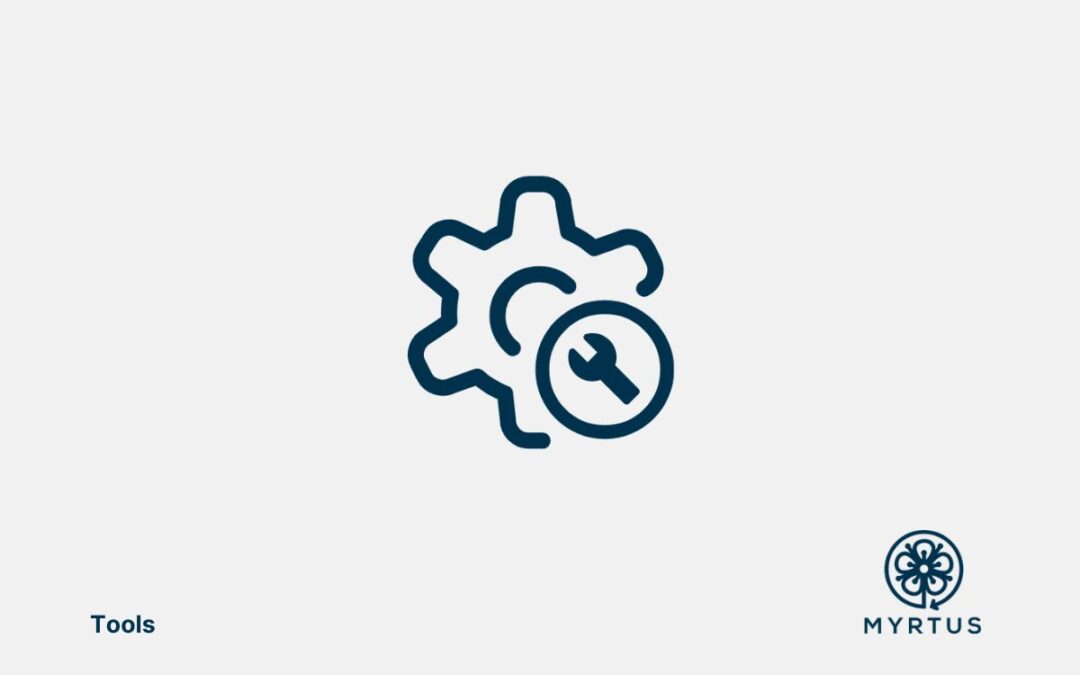SOFT Modelio Tool
| ID: R15 | Licence: GPL-3.0 licence | Owner: SOFT | Contacts: alessandra.bagnato@docaposte.fr juan.cadavid@docaposte.fr amina.moussaoui@docaposte.fr laurent.goncalves@docaposte.fr |
| Short Description | Modelio is a UML modelling environment offering a wide range of functionality based on commonly used standards for enterprise architecture, process modelling, software development and systems engineering. |
| Key features | – Support for a wide range of models and diagrams and providing many services facilitating the modeling of your architectures, such as model consistency-checking. – Support for modeling and business processes (BPMN) is integrated into Modelio. These BPMN models can be linked to other standards supported by the tool, for example UML, so as to integrate these business processes into a larger context such as an enterprise architecture. The extensions developed in MYRTUS include: – Compatibility with TOSCA descriptions. – Featuring threat modelling and proposing countermeasures from a standard library. |
| Require | Tosca (Topology and Orchestration Specification for Cloud Applications) standard. |
| Provide | A TOSCA Designer module which is a component within TOSCA-based cloud orchestration frameworks that facilitates the creation, editing, and visualization of TOSCA-compliant application and service templates. This module typically provides a graphical user interface (GUI) or integrated development environment (IDE) where users can visually design, model, and manipulate TOSCA templates, including topology templates, node types, relationship types, policies, and plans. |
| Input | Manual application modelling through the graphical user interface. A clear idea about the purpose and architecture of the cloud application to model. This includes details about the application’s components, services, deployment topology, and operational requirements such as scalability, security, and performance. Additionally, information on external integrations, policies, and constraints is essential for accurate and effective modeling. |
| Output | – Visual representation of the cloud application – Generated .CSAR and .TOSCA files representing the cloud application. |
| User | – Developers, – Analysts – Software and systems architects |
| Benefits for the user | – Use the best modeling techniques to facilitate architecture and system modelling. – Easy management through a coherent standardized repository centralizing all models and documentation. |
| Position in the MYRTUS DPE | Step 1 – Continuum modeling, simulation and analysis Step 2 – Model to implementation |
| TRL@M0 | 2 (only for Cloud Modelling) |
| TRL@M36 | 5-6 |
General description
Modelio is a UML modelling environment, with available extensions such as Camel Designer or Model-driven Code Generation, supporting a wide range of models and diagrams and providing services facilitating architecture modelling/analysis.
Role in the MYRTUS DPE
At the “Continuum modeling, simulation and analysis” step of the MYRTUS DPE, Modelio is used to i) model the functional partitioning of the overall scenario; ii) generate the Attack Defence Tree (ADT) for the analysis of the threats to which the system is exposed; iii) provide functional-level requirements, such as the expected end-to-end latency and fault conditions, leveraging its internal model-based KPIs estimation capabilities.
At the “Model to implementation” step of the MYRTUS DPE, extracts parts of the applications that require acceleration (e.g., DSP kernels) and can be used directly to synthesize code.
MYRTUS Extension/Contribution
In MYRTUS, Modelio will be made compatible with TOSCA descriptions and extended to feature threat modelling and propose countermeasures from a standard library.
It will facilitate modelling of both TOSCA templates and Attack Trees seamlessly within the platform. This advancement enables users to leverage Modelio for comprehensive cloud application design using TOSCA standards while concurrently integrating sophisticated analysis of security threats through Attack Trees, streamlining the modelling process and enhancing overall system robustness.
Plans and Expectation
Assessment Plan@M18:
Integration testing with a validation plan consisting of a test suite, with test cases for code generation, attack tree threats and countermeasures development.
Expected Results@M18:
First candidate release of Modelio TOSCA Designer and Attack Tree Designer and Countermeasures module, with associated documentation. 50% of TOSCA specification elements. Initial validation plan will consist of 10 integration test cases.

